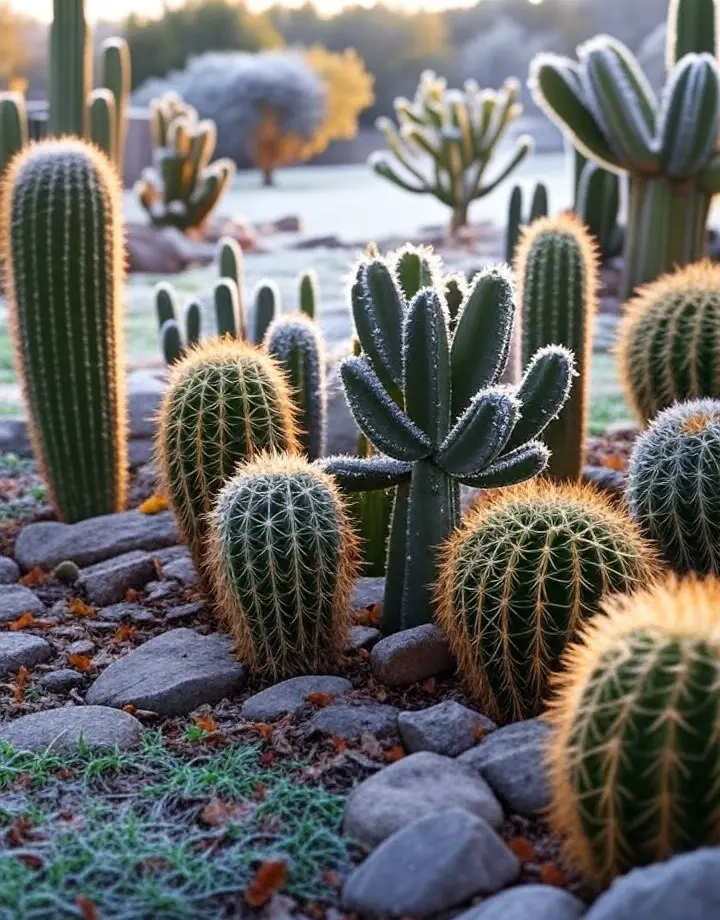Understanding Winter Dormancy in Cacti: Things to Do
Cacti are tough plants, built for harsh desert environments. In winter, many cacti enter a dormancy phase, a kind of “rest mode” where growth slows or stops. This helps them survive cold temperatures and limited water. I first noticed this with my barrel cactus last winter. It stopped plumping up, and I panicked, thinking it…








